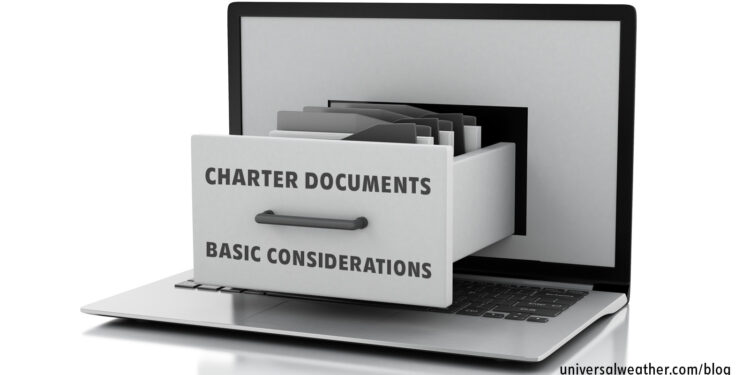Document Intensive Charter Destinations for Business Aviation: Part 1 – Basic Considerations

This business aviation blog post is part of a series on documentation requirements for charter operators.
For charter (non-scheduled commercial) operators it can be more challenging traveling to some countries and regions than others, from the documentation and permit perspective. It’s always best to work with your 3rd-party provider, well in advance of day of operation, to confirm all applicable permit/documentation requirements.
The following is an overview of what you need to know:
1. Challenging destinations for charter operators
Europe, in general, can be a document intensive region for charter operations. Germany and France are typically the most challenging countries, followed by Italy and the UK, when it comes to navigating the charter permit process. There are cases, for example, where you may forward required documentation to the appropriate Civil Aviation Authority (CAA) – such as a maintenance certificate – and they’ll come back with specific additional documentation requests. Australia, meanwhile, has unique and somewhat onerous documentation requirements for charter.
2. File correctly
When operating as a charter, it’s important to file flight plans and permit applications correctly. You can be in trouble if you’ve filed incorrectly in regions such as Europe, Latin America, and Asia. If you’re ramp checked in Europe, Latin America or India, authorities will want to review all of your documentation, including your air operator certificate (AOC). In Mexico, a charter operation must be filed as such, and insurance must specify “commercial/charter operation.” Operating times may differ if you are operating as a private non-revenue or charter flight. If you’re traveling to Zurich (LSZH) as a charter flight and you’ve filed as “IG” (private), you’ll be turned away during curfew hours. But, if you’ve filed correctly as “IN” (charter) you’ll be allowed in. As another example, at LSZH private flights are permitted 0600-2200 local, while charter may operate 0600-2330 local.
3. Permit lead times
Certain destinations in Asia involve longer than normal permit lead times – up to 10 business days for operations to civilian airports. When operating to military airports in India, the UK, and Japan you’ll need (in many cases) 30 business days lead time to secure permits. India, however, recently reduced lead times to about 15 business days. For Venezuela, if you’re staying on the ground longer than 72 hours as charter or private non-revenue, the permit lead time is 25 business days and the process involves sending original, notarized, and apostilled documentation along with an application filled out in Spanish. It’s also important to note that determining if you have any outstanding nav fees due to Venezuela can be a 7-10 day process, which if not done before you operate could mean a delay or worse.
4. Age limitations
ICAO rules for charter operations state that both the pilot in command (PIC) and second in command (SIC) be under age 65 with medical certificates issued within the past six months. Rules for France and the UK state that the PIC of a charter flight cannot be age 60 or older and anyone over age 65 may not be an active pilot. In Italy, pilots over age 60 cannot fly charter flights, even as SIC. Even though pilot age restrictions are issued by ICAO, they currently only seem to be enforced in Europe and Australia. Still, it’s important to check all such restrictions prior to operation.
5. Additional reading: Document Intensive Charter Destinations – Series Index
Note: Links will be updated as articles are published.
- Part 1 – Basic considerations
- Part 2 – European region
- Part 3 – Other regions
Conclusion
While the trend, globally, has been in the direction of additional required documentation, permit lead times have lessened in many regions of the world. Expect that CAAs and local airport authorities are generally stringent in documentation requirements. Permit delays should be anticipated if initial submission of required documentation is not complete.
Stay tuned for Part 2, which covers more charter documentation requirements for the European region.
Questions?
If you have any questions about this article or would like assistance planning your next charter trip, contact me at larrywilliams@univ-wea.com.




